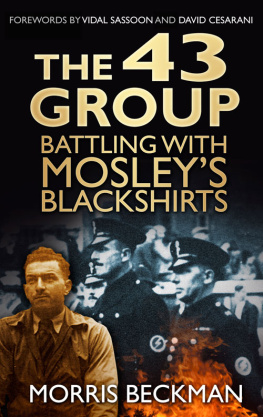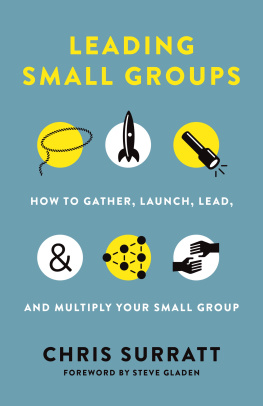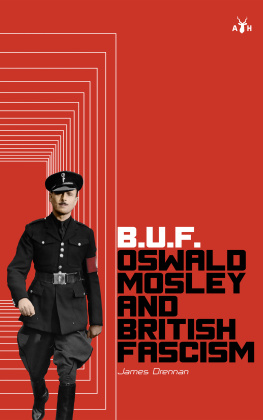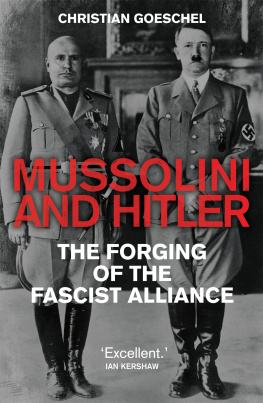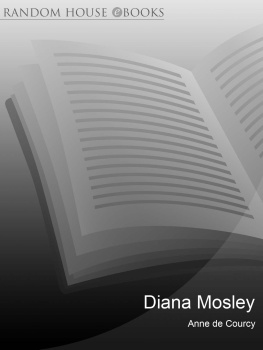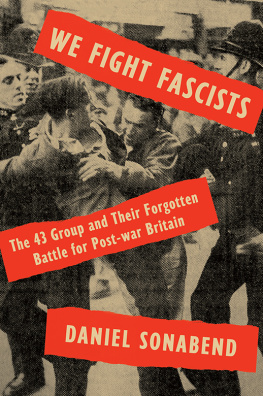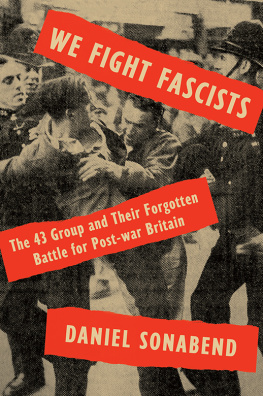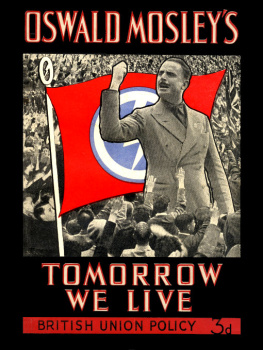
On the day of the Nuremberg executions the Daily Express observed:
The crime of the Nazi leaders had squalid beginnings. Once a handful of policemen could have suppressed it. Instead it grew to its dangerous might through the wickedness of a few and the complicity, the cowardice and the laziness of many.
This book is dedicated to all the members of the 43 Group and to their many supporters, both Jewish and Gentile.
I am indebted to all those who helped me during my work on the book. First and foremost is Bernadette Halpin of Centerprise who, from the start right to the very end, advised, criticised and improved my work. She put tremendous effort into it and made me feel I could not let her down. Also to Dorothea Smartt, the Black Arts Worker at Centerprise, who became as enthusiastic about the book as we were.
I am greatly indebted to Jack Wise, unstinting and generous to the nth degree; to Alan Deane who helped me once, but in an important and unusual way; to Rickie Burman and Helen Jacobus who sparked the whole thing off; to Len Sherman and Gerry Flamberg who vetted the writing as I went along; and to all the other veterans who gave me their recollections. These include: Jeffrey Bernerd, Norman Green, Bernie Newman, Martin Block, Alec Carson, David Spector, the Misses Shapiro and others. Of great help during the early stages was Stanley Marks, a meticulous keeper of records and notes; his generous donation to the London Museum of Jewish Life enabled them to open their collection of 43 Group memorabilia. Finally, I wish to thank my wife, Patricia, for tolerating my ups and downs, my late night typing sessions, and for her support and encouragement.
Contents
by Vidal Sassoon CBE
by David Cesarani OBE
I first met Morris Beckman in the summer of 1990 after reading a manuscript hed sent me drawing upon his memories of growing up in the East End Jewish community of the Twenties and Thirties. At Centerprise we receive much autobiographical writing, but his was outstanding. Morris came in later and, as we talked, remarked, l have another book almost finished about the 43 Group. Who were the 43 Group?, I responded. Morris looked surprised and disappointed. You live and work in Hackney and youve never heard of the 43 Group? That afternoon began a conversation that has fulfilled itself finally in this publication.
The 43 Group is a work of social and political history, a record of resistance from a Jewish community perceived at times, perhaps, as a passive one. It is also an inspirational personal testimony and, not least, it is a great read. The exploits of the Group might be taken from an adventure yarn or thriller though this is a neighbourhood war that includes bloody noses and razors, the knuckleduster and lost teeth.
Yet Morris does not make of himself a hero, confessing his own fear, particularly the rising anxiety that almost overwhelms him before each physical assault upon the fascists. This is writing that takes us to a terrifying place: face to face with loathing and violence. While the commandoes in the Group espouse a gung ho zest for fighting, Morriss own attitude is perhaps more typical of those ordinary men and women who joined the Group. Having survived the war, their urgent wish was for peace and normality; driving the fascists from the streets was an ugly but necessary task, undertaken only because of the complacency or inaction of others.
The 43 Group would be an important book at any time; it has a particular relevance and resonance now. The changing map of Europe has witnessed the vicious resurgence of neo-Nazism and anti-Semitism. We have yet to reach the end, or count the appalling cost, of ethnic cleansing in the former Yugoslavia. And in this country there has been a revival of the Anti-Nazi League in a climate of renewed violence against foreigners, aliens, those who are simply different.
Conscious of these events over the past months, I found, sadly, that there is little in this book that truly dates it. The teahouses and trolley buses call up a different age, almost another city, but Ridley Road is, physically, much as it was, though reflecting now our Afro-Caribbean and Asian communities. And until recently, while the trains on the North London Line still stopped at Dalston Junction, there were visible across the brickwork of the bridge two pale lightning flash insignia. For years I took that route and wondered who had painted them, when and why. I found the answers in The 43 Group .
Ive been impressed and moved by the support and enthusiasm Ive received from so many people over the past year. Vidal Sassoon, an ex-member of the Group, provided a Foreword within days; Rickie Burman was generous with her scholarly guidance and the resources of the London Museum of Jewish Life. I feel very privileged to be associated with this book, both for its political/historical importance and for the quality of its writing. Morris Beckman is a gifted author who has ensured that the story of the 43 Group will not be lost.
Bernadette Halpin
Centerprise, October 1992
by Vidal Sassoon CBE
As a child, I had no concept of hate, its depth and the place it commanded within human feelings and the history of mankind. In the confines of Petticoat Lane, my family lived on the fourth floor of the grey tenement building which housed Mrs Cohens baker shop, and it was her bagels that sustained us when we were hungry.
My whole world was Jewish; from the barrow boys with their cockney schpiel to my uncle, Kosher Jack as he was called, who worked in a butcher shop on Middlesex Street. The salon where I eventually started my apprenticeship was at 101 Whitechapel Road, and Professor Adolf Cohen, the hairdresser became my mentor.
How could I forget Petticoat Lane, especially on Sundays? It was a maze of colourful humanity, a kaleidoscope of people wanting to buy and to be amused. Love could be bought with a kind word, and hate was for sale on every street corner.
Fascism was beginning to run rampant. It was impossible to conceive that not more than a borough away, people with hate in their hearts were planning our downfall. Why? We were the stranger in their nest, a bird of a different culture, not indigenous to their mother land. This was enough to stir the angst of the unenlightened in a world where exploration of the other was a frightening experience. We were not only the stranger, we were also the Jew.
I do not know the exact day when we decided to return the hate in kind, but the horror of the images coming from Auschwitz, Dachau, Buchenwald and seemingly so many other places triggered a sense of survival within the remaining Jewish population of Europe. Hearing of the heroics of Mordechai Anielewitz and his few thousand followers in the Warsaw ghetto nurtured our mood. They were young Jews who fought the Nazis with all the passion of Biblical Davids, who died fighting for their dignity.
Never again! became a command not a slogan, and so the 43 Group was born. Forty three Jewish ex-servicemen and women, many of whom had received the highest awards fighting in the ranks of the British forces, and who did not intend to allow the fascists ever again to rule the streets of London, were joined by many gentile friends who had also seen the horrors of Europe. And so it began. We had turned the other cheek for the last time and, as a 17-year-old recruit, I was proud to be involved.
Vidal Sassoon
Los Angeles, March 1992
British hairdresser, businessman, and philanthropist Vidal Sassoon was born in Hammersmith, London and lived in Shepherds Bush. His parents were Sephardi Jews. At the age of 17, although having been too young to serve in the Second World War, he became the youngest member of the 43 Group. In 1948, at the age of 20, he joined the Haganah (which shortly afterwards became the Israeli Defence Forces) and fought in the 1948 Arab-Israeli War.
Next page
